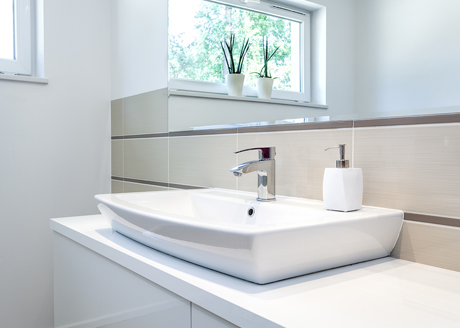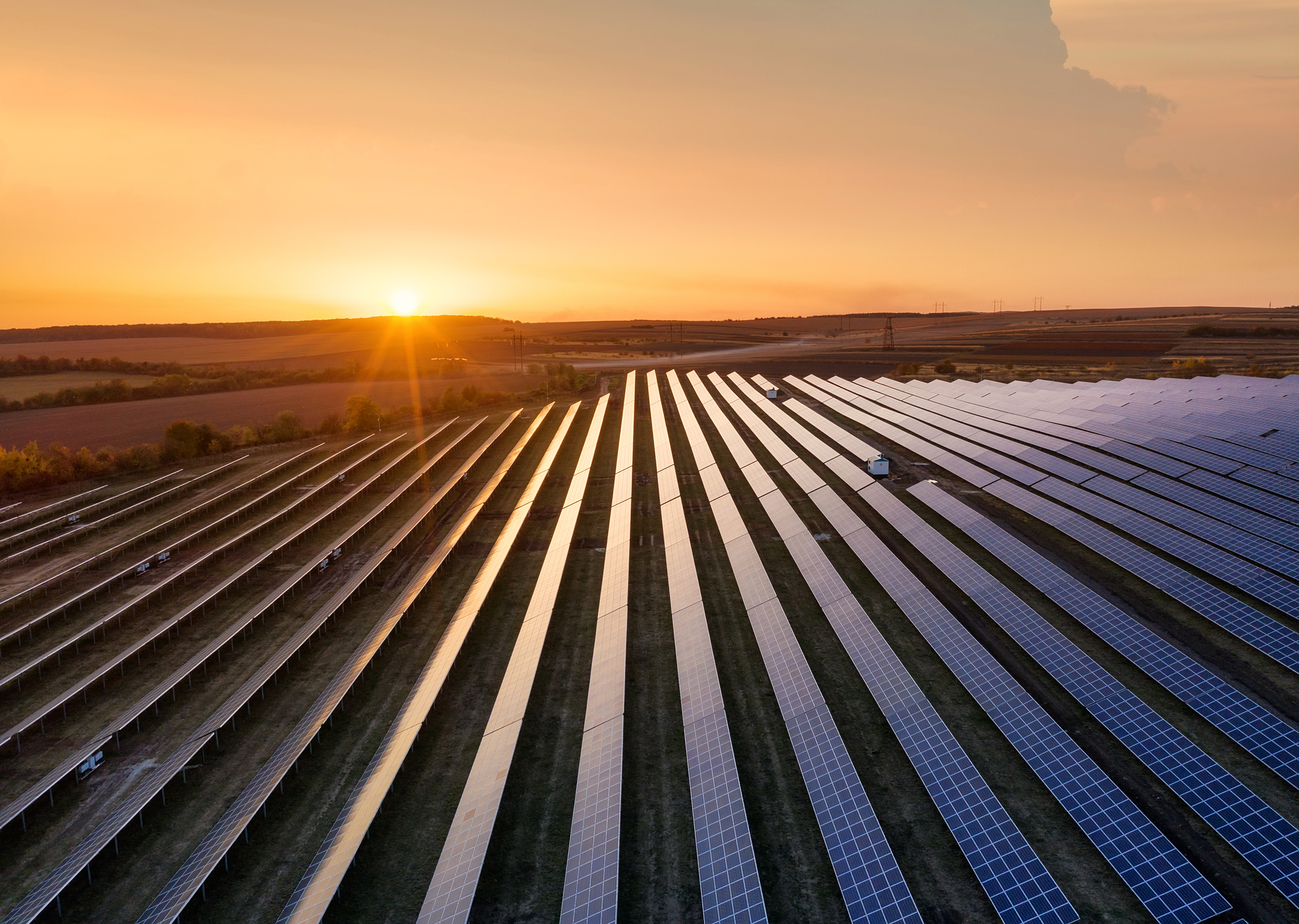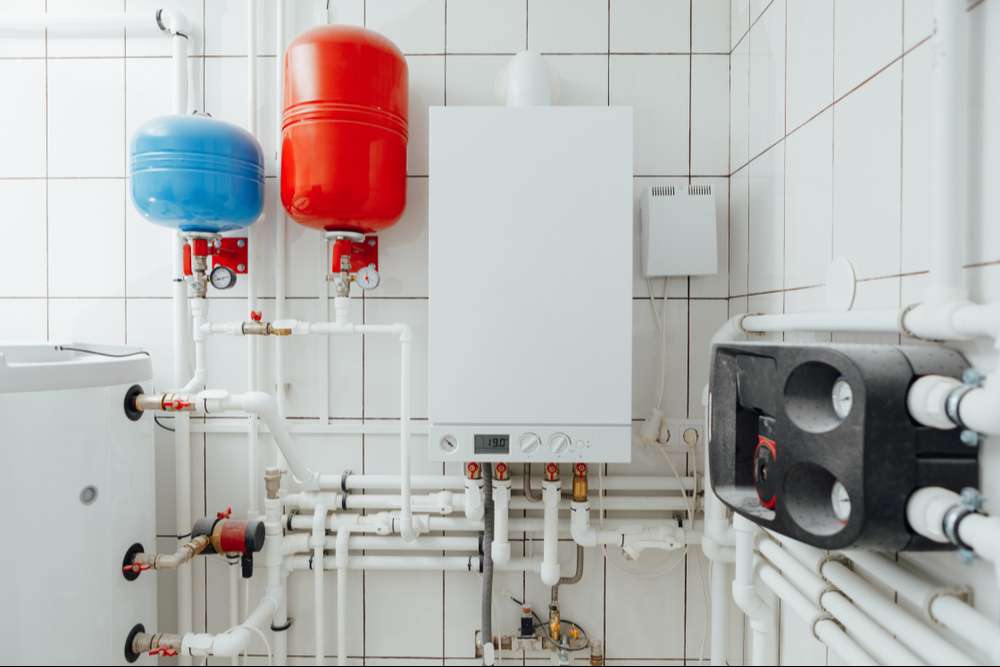
Day in the Life of a Green Plumbing Pro and Maryland's Renewable Energy Goals
Key Takeaways:
- Green plumbing professionals play a crucial role in Maryland's renewable energy initiatives.
- Sustainable plumbing practices significantly contribute to energy conservation and environmental protection.
- Maryland's ambitious renewable energy goals are driving the adoption of green technologies in various sectors.
The Morning Routine of a Green Plumbing Pro
A green plumbing professional starts their day early, often before the sun rises. The first task is to review the day's schedule, which includes a mix of residential and commercial projects. These projects range from installing water-efficient fixtures to conducting energy audits. The goal is to ensure that every job aligns with Maryland's renewable energy goals, which aim to reduce the state's carbon footprint.
After a quick breakfast, the green plumber gathers the necessary tools and materials. These include eco-friendly products like low-flow showerheads, dual-flush toilets, and energy-efficient water heaters. The use of such products is not just a trend but a necessity, as Maryland pushes for a 50% reduction in greenhouse gas emissions by 2030. The green plumber's role is pivotal in achieving these targets.
On-Site Assessments and Consultations
The first stop of the day is usually a consultation with a new client. This involves a thorough assessment of the existing plumbing system. The green plumber checks for leaks, inefficient fixtures, and outdated water heaters. These assessments are crucial for identifying areas where improvements can be made to conserve water and energy.
During the consultation, the green plumber educates the client about the benefits of green plumbing. This includes explaining how water-efficient fixtures can reduce utility bills and how energy-efficient water heaters can lower carbon emissions. The aim is to persuade the client to adopt sustainable practices, thereby contributing to Maryland's renewable energy goals.
Installing Water-Efficient Fixtures
One of the most common tasks for a green plumbing professional is installing water-efficient fixtures. These include low-flow showerheads, dual-flush toilets, and faucet aerators. These fixtures are designed to reduce water consumption without compromising performance. For example, a low-flow showerhead can save up to 2,700 gallons of water per year for a family of four.
The installation process is straightforward but requires precision. The green plumber ensures that each fixture is installed correctly to prevent leaks and maximize efficiency. This task not only helps in conserving water but also aligns with Maryland's goal of reducing water usage by 20% by 2025.
Conducting Energy Audits
Energy audits are another critical aspect of a green plumber's job. These audits involve a comprehensive evaluation of a building's energy consumption. The green plumber uses specialized tools to measure the efficiency of water heaters, boilers, and other plumbing-related appliances. The data collected is then analyzed to identify areas for improvement.
The results of the energy audit are shared with the client, along with recommendations for upgrades. These upgrades often include installing energy-efficient water heaters and insulating pipes to reduce heat loss. By implementing these recommendations, clients can significantly reduce their energy consumption, contributing to Maryland's renewable energy goals.
Educating Clients on Sustainable Practices
Education is a key component of a green plumber's role. During each visit, the green plumber takes the time to educate clients about sustainable practices. This includes simple tips like fixing leaks promptly, using water-efficient fixtures, and insulating pipes. The aim is to empower clients to take proactive steps in conserving water and energy.
The green plumber also provides information about available rebates and incentives for adopting green technologies. Maryland offers various programs to encourage residents and businesses to invest in energy-efficient appliances and fixtures. By educating clients about these programs, the green plumber helps them save money while contributing to the state's renewable energy goals.
Collaborating with Other Professionals
Green plumbing professionals often collaborate with other experts in the field of renewable energy. This includes working with HVAC technicians, electricians, and energy auditors. These collaborations are essential for implementing comprehensive energy-saving solutions. For example, a green plumber might work with an HVAC technician to install a solar water heating system.
These collaborations also involve sharing knowledge and best practices. By working together, professionals can develop innovative solutions that maximize energy efficiency and sustainability. This collective effort is crucial for achieving Maryland's ambitious renewable energy goals.
Staying Updated with Industry Trends
The field of green plumbing is constantly evolving, with new technologies and practices emerging regularly. To stay ahead, green plumbing professionals must continuously update their knowledge and skills. This involves attending industry conferences, participating in training programs, and reading industry publications.
Staying updated with industry trends is essential for providing clients with the best possible solutions. For example, recent advancements in smart plumbing systems allow for real-time monitoring of water usage and leak detection. By staying informed about such innovations, green plumbers can offer cutting-edge solutions that align with Maryland's renewable energy goals.
Maryland’s Renewable Energy Goals
Maryland has set its sights on ambitious renewable energy goals. To achieve these goals, Maryland’s Renewable Portfolio Standard mandates that 50% of electricity retail sales come from renewable sources by 2030. The state has also mandated that 14.5% of electricity retail sales must come from solar power by the same year. Maryland is also prioritizing offshore wind power, aiming to generate 400 megawatts of offshore wind energy by 2026, with plans to increase capacity to at least 1,200 megawatts by 2030.
The state has set an even more ambitious target of using 100% renewable energy by 2040. While this may seem like a daunting target, Maryland's progress so far has been impressive. With a combination of targets for renewable energy adoption, offshore wind power, and greenhouse gas reductions, the state is making significant strides towards a more sustainable future.

Average Electric Bill in Maryland
As of March 2024, the average electric bill in Maryland is around $214 per month, which adds up to $2,568 per year. On average, electricity rates in Maryland cost 16 cents per kilowatt-hour (kWh).
Maryland Renewable Energy Tax Credits, Grants, and Rebates
Maryland offers various tax credits, grants, and rebates to residents who switch to renewable energy sources. These incentives aim to encourage individuals and businesses to adopt renewable energy and help Maryland achieve its renewable energy goals. Some of the available programs are:
1. Renewable Portfolio Standard (RPS): The RPS program requires utility companies to generate a certain percentage of their electricity from renewable sources. Maryland's RPS target is a very ambitious 50% renewable energy by 2030.
2. Solar Renewable Energy Certificates (SRECs): SRECs are tradable certificates (or peices of paper like Bonds in the Treasury) that represent the environmental benefits of generating one megawatt-hour of electricity from solar energy. Maryland residents who install solar panels can earn SRECs and sell them to utility companies. (That's a Big Win)
3. Net Metering: Net metering allows residents with renewable energy systems to sell their excess electricity back to the grid which would theoretically offset their energy bills.
4. Property Assessed Clean Energy (PACE): PACE is financing company that works with homewoners and property owners to secure quick, affordable financing for their renewable energy projects through their property tax bill.
https://c-pace.com/maryland/
5. Maryland offers an array of tax credits and rebates for renewable energy installations, including the Residential Clean Energy Rebate Program and the Commercial Clean Energy Rebate Program.
How You Can Choose Renewable Energy in Maryland
Customers in BGE, Delmarva, Potomac Edison, PEPCO, and SMECO territories in Maryland can play a role in reducing our collective dependence on traditional, non-renewable energy sources. CleanChoice Energy is dedicated to making the switch to clean, pollution-free energy easy and accessible for customers in Maryland. Pohlman's Green Solutions team is gearing up to serve our community and be an integral part of Maryland’s green revolution.
The Role of Technology in Green Plumbing
Technology plays a significant role in green plumbing. From smart water meters to energy-efficient water heaters, technological advancements are driving the adoption of sustainable practices. Green plumbers use these technologies to enhance the efficiency of plumbing systems and reduce environmental impact.
For example, smart water meters provide real-time data on water usage, allowing homeowners to monitor their consumption and identify leaks promptly. Similarly, energy-efficient water heaters use advanced heat pump technology to reduce energy consumption. By leveraging these technologies, green plumbers contribute to Maryland's renewable energy goals.
Challenges Faced by Green Plumbing Professionals
Despite the numerous benefits of green plumbing, professionals in this field face several challenges. One of the primary challenges is convincing clients to invest in sustainable solutions. Many clients are hesitant to adopt green technologies due to the initial cost, even though these investments lead to long-term savings.
Another challenge is staying updated with constantly changing regulations and standards. Maryland has stringent building codes and regulations aimed at promoting energy efficiency and sustainability. Green plumbers must stay informed about these regulations to ensure compliance and provide the best possible service to their clients.
Maryland's Renewable Energy Goals and Green Plumbing
Maryland has set ambitious renewable energy goals to combat climate change and reduce its carbon footprint. The state aims to achieve a 50% reduction in greenhouse gas emissions by 2030 and a 100% clean energy grid by 2040. Green plumbing plays a crucial role in achieving these goals by promoting water and energy conservation.
By adopting green plumbing practices, residents and businesses can significantly reduce their water and energy consumption. This not only helps in achieving the state's renewable energy goals but also leads to substantial cost savings. Green plumbing professionals are at the forefront of this movement, driving the adoption of sustainable practices across Maryland.
Summary
Green plumbing professionals are essential in Maryland's quest to achieve its renewable energy goals. Their day-to-day activities, from installing water-efficient fixtures to conducting energy audits, contribute significantly to energy conservation and environmental protection. By educating clients and staying updated with industry trends, green plumbers play a pivotal role in promoting sustainable practices. Maryland's ambitious renewable energy goals are driving the adoption of green technologies, making the role of green plumbing professionals more critical than ever.
FAQ
What is green plumbing?
Green plumbing involves using eco-friendly products and practices to conserve water and energy. This includes installing water-efficient fixtures, conducting energy audits, and educating clients about sustainable practices.
How do green plumbers contribute to Maryland's renewable energy goals?
Green plumbers help reduce water and energy consumption by installing energy-efficient fixtures and conducting energy audits. These practices align with Maryland's goals of reducing greenhouse gas emissions and promoting clean energy.

